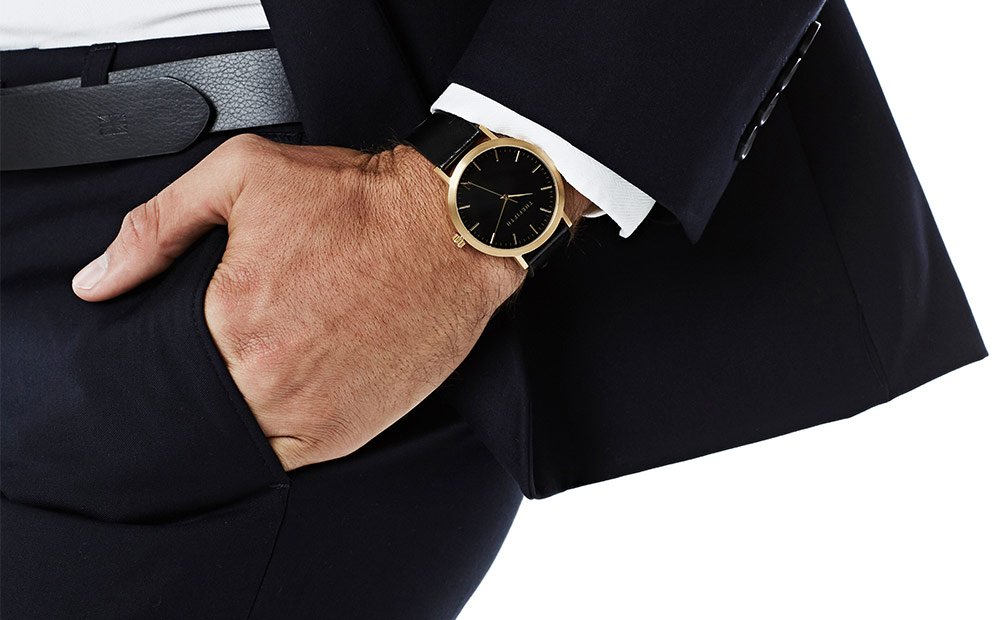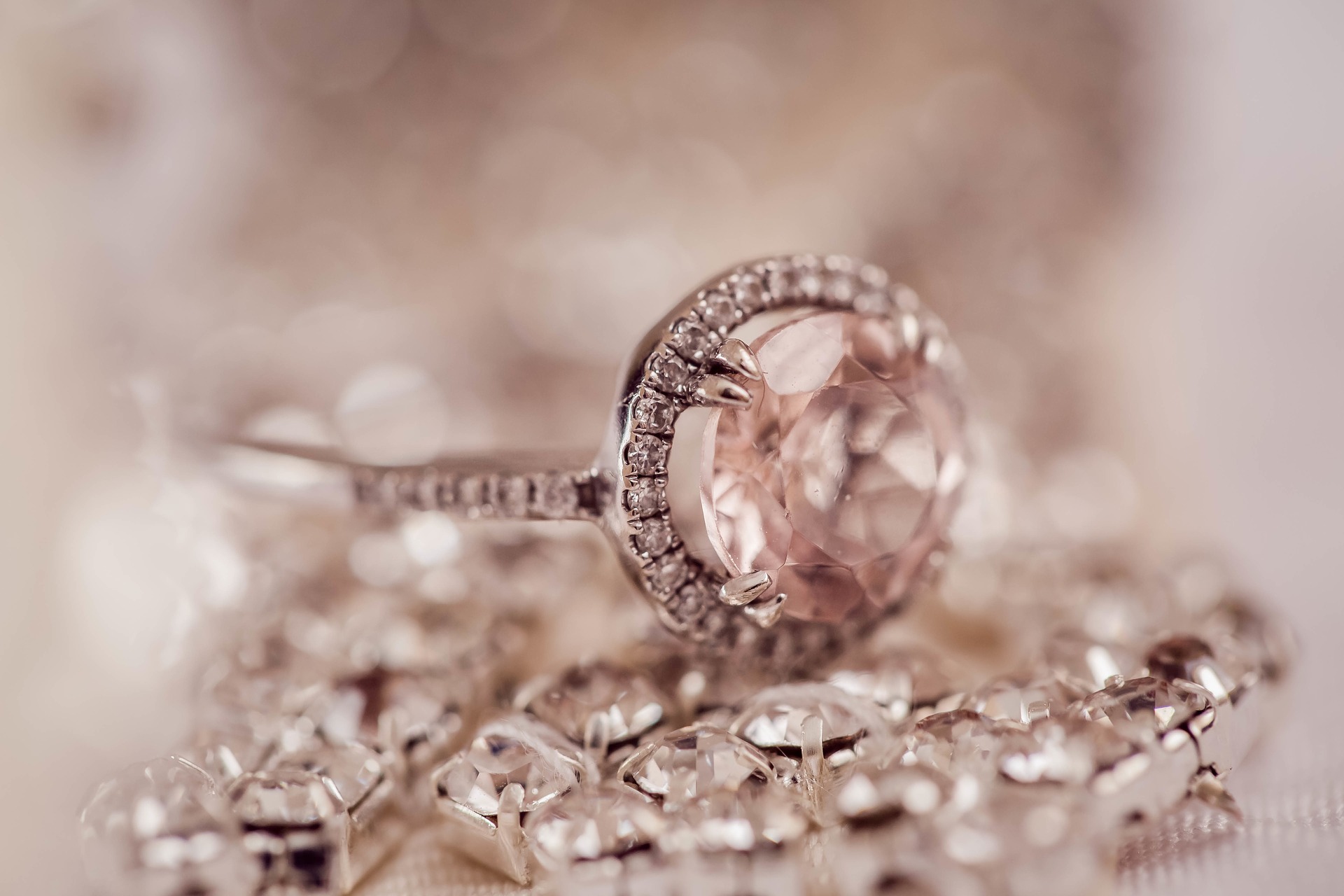We all want to look our best every day. But who has time to craft the perfect outfit every morning? Just as in other areas of our lives, our clothing choices are dominated by habits. Habits are easy to create and hard to reprogram, and it’s easy to see how we end up dressed in the same outfits in the same situations time after time.
Let’s break the cycle. Let’s take a few things that you may already be wearing and swap them out of your rotation in favor of better clothes that will impress others and boost your confidence. Here’s what you should stop wearing, and what you should wear instead.
Don’t wear those shorts and tee to the cookout
Yeah, it’s a casual event — but that doesn’t mean that you have to look like you’re dressed for middle school. There are better ways to communicate how laid-back and summer-loving you are than to do the same old beat-up tee shirt and forgettable shorts. We get that you don’t want to look like you’re trying too hard to impress, and we get that you don’t actually want to try to do much on Labor Day or some other big outdoor day, but fashion is about managing to impress people without really trying, so we think you’ll like our solution.
Instead, wear a long white summer dress
Hey, Labor Day is your last day to wear white, right? Well, not really, but it’s a great time to bust out light and summery long white dress. A dress is a world beyond the sloppy jean-shorts-and-tee-shirt look, and it’s actually much easier because it’s only one single item of clothing. Plus, the length will make you look elegant. By choosing a casual and simple dress, you can still blend into the laid-back vibe.
Dresses are easy. Just put it on and grab some flats, and you’re good to go! The lightweight fabric will keep you cool, and a casual fit and casual details (like a button-down front, maybe?) will give you easy freedom of movement and a margin for error for all of that food you’re going to put away at the cookout. Hooray for dresses!
Don’t wear your club top to work
No, not that club top — we know you’re smarter than that. We mean the one that you’re convinced isn’t really all that sexy. And maybe you’re right! But it’s not just the sexy cuts that make your “going out” clothes different from your work ones.Details like ruffles, animal prints, and leather are the kind of night-on-the-town stuff that has no place in an office. It doesn’t matter if the piece covers you up: it makes it look like you showed up to work by accident, or that you can’t wait to leave.
Instead, wear clean and simple clothes — with a hip cut
Want to be taken seriously at work? Ditch the ruffles and the prints. Show up in neutrals or, if you’re feeling daring, the occasional red. Steer clear of the little details and trends that define the more fashion-conscious world of the nightclub.
But keep that great cut! Don’t let things get too tight or revealing, of course, but do embrace the flattering cuts that define a great top for a night out. If you avoid the over-the-top fabrics and details and opt for more professional stuff, you’ll be able to get away with using the flattering cuts that made you like those clothes so much in the first place.
Don’t wear your black wedding outfit
The number one rule at weddings is an obvious one: don’t wear white! Maybe that’s why some women choose to go the opposite route and don black when they attend a wedding. Perhaps you’re one of them!
But black is played out. And, if you want to get technical, it’s actually a faux pas: strict traditionalists will tell you that black is for mourning, which makes it a clumsy choice for a wedding.
Instead, wear a dark color and grab a shawl
If you love your black dress, rest assured that you don’t have to go with something bright. You can stay with dark tones, and aim to match the seasons: burgundy for fall or winter, for instance, or green for spring or summer. And grab a shawl to cover your shoulders: it’s a great way to add to your outfit, and it will make your getup ready for certain types of religious ceremonies and houses of worship that demand covered shoulders.
Read Also:






















